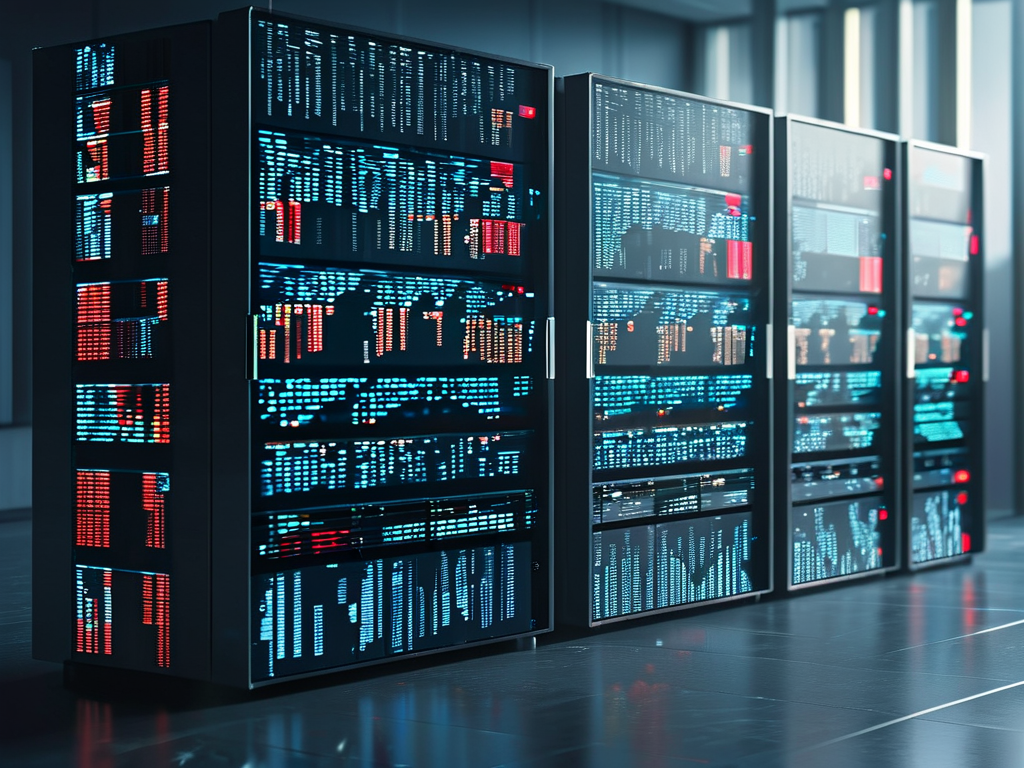As organizations increasingly adopt data-driven decision-making, understanding the memory requirements for big data computing has become critical. While "big data" implies massive datasets, the actual memory consumption depends on multiple technical factors that developers and architects must evaluate.
Processing Frameworks and Memory Allocation
Modern distributed computing frameworks like Apache Spark and Hadoop implement memory optimization techniques. Spark's in-memory processing model, for instance, prioritizes caching intermediate data in RAM to accelerate iterative algorithms. However, this doesn't mean all operations require terabytes of memory. Batch processing jobs often stream data in chunks, reducing peak memory usage. A 2023 benchmark study showed that a 1TB dataset processed using Spark's optimized caching required only 64GB of cluster memory when using efficient serialization formats like Apache Arrow.

Data Compression and Serialization
Memory efficiency heavily relies on data formatting. Parquet and ORC file formats compress columnar data by up to 75% compared to raw text files. When combined with schema-aware serialization libraries (e.g., Protocol Buffers), memory footprints can be reduced by 40-60%. Consider this code snippet demonstrating memory differences:
# Unoptimized text data
raw_data = sc.textFile("hdfs://logfile.txt") # Consumes 120MB RAM
# Optimized Parquet format
optimized_data = sqlContext.read.parquet("hdfs://logfile.parquet") # Uses 48MB RAM
Distributed Architecture Trade-offs
Cluster-based systems partition workloads across nodes, distributing memory needs. A 10-node cluster handling 100GB of data might require just 16GB per node through smart partitioning. However, machine learning workloads using deep neural networks present exceptions—training ResNet-50 on image data may temporarily consume 32GB per GPU due to parameter storage.
Real-Time vs. Batch Processing
Stream processing engines like Apache Flink demonstrate how use cases dictate memory needs. A real-time fraud detection system analyzing 1M events/sec might require 128GB RAM for low-latency state management, whereas nightly batch reporting for the same data volume could function with 16GB using disk-backed processing.
Hardware and Software Synergy
Emerging hardware advancements reshape memory paradigms. Intel Optane Persistent Memory allows hybrid memory/storage tiers, while GPU-accelerated databases like SQream load filtered datasets into VRAM. On the software side, Apache Kafka's log-structured storage minimizes active memory consumption through sequential I/O patterns.
Cost-Benefit Analysis
A telecom company case study revealed that upgrading from 64GB to 256GB servers improved Spark job speeds by 35% but increased AWS EC2 costs by 200%. The team ultimately adopted spot instances with auto-scaling—maintaining 128GB nodes as baseline and scaling horizontally during peaks.

In , while big data computing can demand substantial memory for specific workloads, strategic optimizations in data handling, framework configuration, and infrastructure design often mitigate raw hardware requirements. The key lies in profiling workloads, implementing tiered storage, and aligning resources with computational patterns rather than pursuing maximum memory by default.









